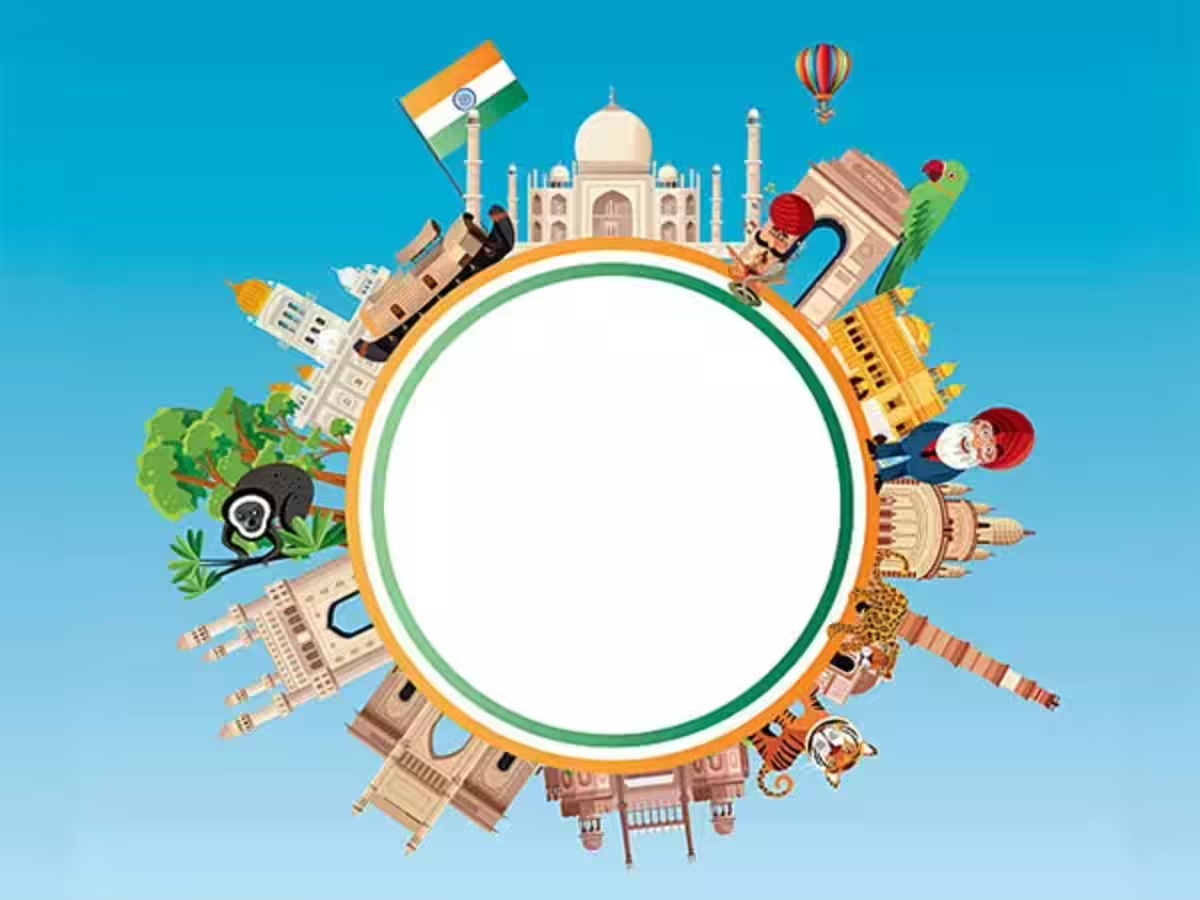India’s tourism and hospitality industry is on the cusp of unprecedented expansion, with projections indicating it will reach nearly USD 60 billion by 2028. According to a report by IDBI Capital, the sector is being propelled by a surge in domestic travel, infrastructure upgrades, and evolving consumer preferences. The findings suggest that India is entering a golden era of travel, with both leisure and business segments contributing to sustained growth.
Here’s a comprehensive look at the drivers, challenges, and opportunities shaping this transformation.
Key Highlights From The Report
- The tourism and hospitality sector is projected to grow to USD 60 billion by 2028
- Domestic travel is the primary growth engine, with the number of domestic visitors expected to double from 2.5 billion in 2024 to 5.2 billion by 2030
- The compound annual growth rate (CAGR) for domestic travel is estimated at 13.4 percent
- Spending by domestic and international travellers is expected to nearly triple to Rs 33.95 trillion by 2034
- Infrastructure improvements in air, rail, and road connectivity are accelerating travel demand
Domestic Travel Fuels Sectoral Momentum
India’s internal tourism boom is reshaping the hospitality landscape. With rising disposable incomes, increased mobility, and a growing appetite for experiential travel, domestic tourism is outpacing international arrivals. The report highlights that family vacations, pilgrimage circuits, weekend getaways, and corporate travel are all contributing to the surge.
- Domestic air travel is projected to more than double, from 307 million passengers in FY24 to 693 million by FY30
- Regional airports and rail corridors are expanding access to Tier 2 and Tier 3 destinations
- Government initiatives like Dekho Apna Desh and Incredible India 2.0 are boosting awareness and participation
Demand-Supply Gap In Hospitality Infrastructure
Despite the growth in travel, India’s hospitality infrastructure is struggling to keep pace. As of March 2024, the country had 3.4 million hotel rooms, but only 11 percent belonged to the organized sector. This includes branded hotels and high-quality independent properties, totaling around 375,000 keys.
- The luxury hotel segment is particularly undersupplied, with just 29,000 rooms across 230 hotels
- Rising demand for premium stays is creating pressure on developers to expand capacity
- High land costs, capital-intensive investments, and long gestation periods are slowing supply growth
Performance Trends In Luxury And Mid-Market Segments
Despite infrastructure constraints, the luxury hotel segment is showing strong performance. Average Room Rates (ARR) and occupancy levels have improved significantly, with occupancy averaging between 60 to 70 percent. The mid-market and budget segments are also witnessing robust growth, driven by domestic travelers and business tourism.
- Branded hotel chains are expanding aggressively into Tier 2 cities
- Digital platforms and aggregators are helping independent hotels reach wider audiences
- MICE (Meetings, Incentives, Conferences, and Exhibitions) and corporate travel are boosting weekday occupancy
Policy Support And Investment Outlook
The government’s focus on tourism as a strategic economic driver is reflected in policy reforms and infrastructure investments. The National Tourism Policy, enhanced visa facilitation, and public-private partnerships are creating a conducive environment for growth.
- Investment in tourism infrastructure is being supported through schemes like Swadesh Darshan and PRASAD
- State governments are offering incentives for hotel development and heritage tourism
- Foreign direct investment in hospitality is expected to rise, especially in luxury and wellness segments
Conclusion: A Sector Ready To Soar
India’s tourism and hospitality sector is entering a phase of accelerated growth, driven by domestic demand, infrastructure upgrades, and changing consumer behavior. With projections nearing USD 60 billion by 2028, the industry is poised to become a cornerstone of India’s economic and employment landscape. Bridging the demand-supply gap, especially in premium accommodation, will be key to sustaining this momentum.
Sources: IDBI Capital report, Tribune India, Times of India, Hospitality Biz India
